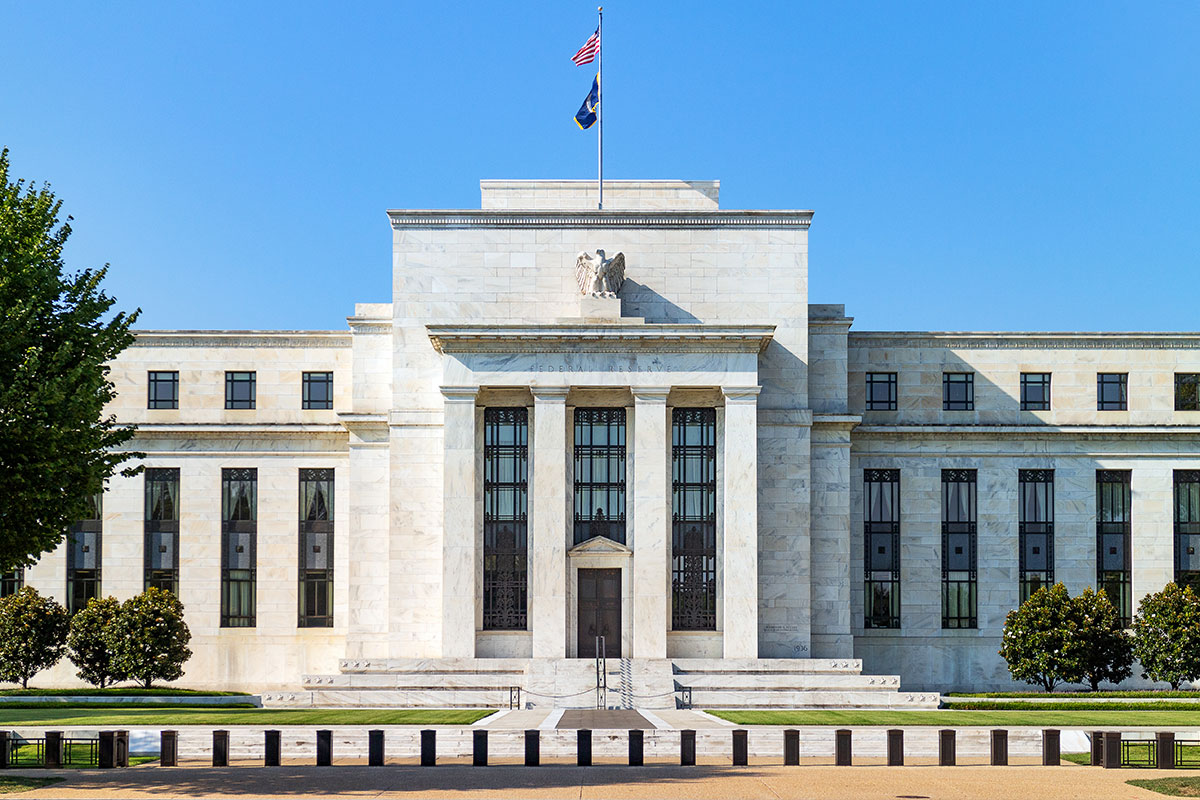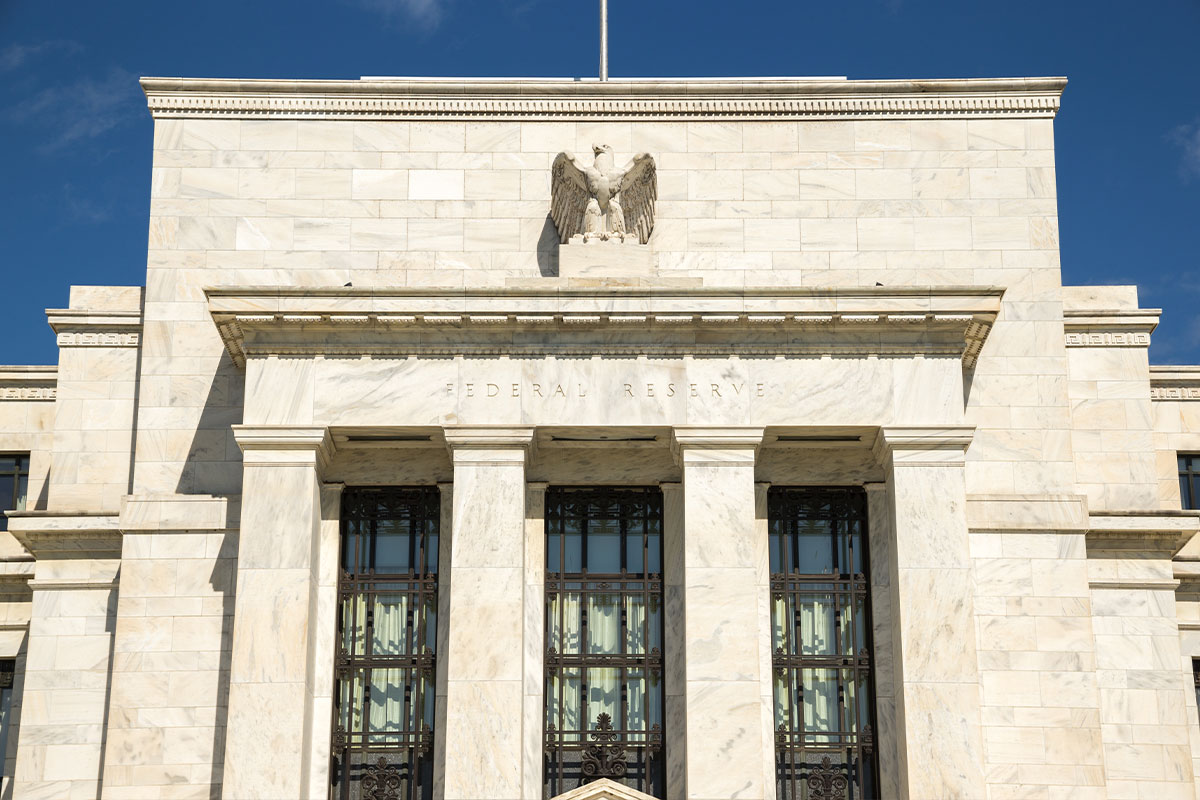- Anchoring effect. Year-over-year inflation may be materially higher for several months since the reference point, early 2020, was a period of significant deflation due to the pandemic. The Consumer Price Index (CPI) was 0.3% in April of 2020. In April 2021, year-over-year inflation was 4.2%.
- Supply chain disruptions and shortages. The global pandemic shut down the economy. As economies reopened and demanded increased, supply chain bottlenecks were created. This will cause inflation; However as these issues are resolved, inflation should be in check.
- Surging demand due to stimulus. Massive stimulus around the world, along with pent up demand and a COVID-19 vaccine, gave consumers the ability and willingness to consume. In the second quarter of 2020, personal consumption declined by 33.3%. In April of 2021, consumption was up 10.7%.
Good Inflation
When we use the term “good inflation”, we’re referring to steady, moderate increases to the inflation rate that occur due to an expansion of economic activity. When an economy is emerging from a recession (as we are now), it is not unusual for the demand for goods and services to expand faster than the system’s ability to produce those goods and services. In this type of scenario, inflation will begin to rise after a period of rapid economic expansion – such as we’ve just experienced with the re-opening of our economy. A moderate increase in inflation is, in this context, considered to be a good thing, because it’s simply the after-effect of an accelerating economy.
Inflation can be reined in by pushing interest rates modestly higher, which shouldn’t be a threat to the economy. If inflation moves slowly higher and appears to be controllable, it won’t disrupt the outlook for the economy and financial markets. In fact, the economic expansion should be accompanied by job growth and rising wages, all of which are great for the economy. If, however, inflation pushes higher into a pattern that appears to be volatile and uncontrollable, then we would tumble into the area of “bad inflation”, such as what we saw in the late ‘60s and early ‘70s (more on that later).
Transitory Inflation
Commodity inflation can be volatile and therefore, at times, transitory. The global pandemic complicated the issue – in April of 2020 oil traded at -$37.63 a barrel. Yes, you were paid to buy oil. It didn’t last long, it was transitory.
Today, several commodity prices are up dramatically year-over-year, oil being one of them. Lumber is another commodity that has seen significant price increases. Lumber inflation, we think, is part transitory and part sustainable.
During the pandemic, sawmills reduced capacity, some due to COVID-19 outbreaks and others simply anticipating that demand would wane. Unfortunately, the opposite happened; demand surged. This type of dislocation is temporary. When supply issues are resolved, supply and demand will be at equilibrium, then prices should stop inflating.
A more sustainable issue is permanently reduced supply. The Mountain Pine Beetle has destroyed tens of millions of acres of timberland in Canada. Other bark beetles in Germany, Austria and the Czech Republic have permanently impaired lumber supply, causing a certain amount of inflation. Since it takes some time to grow trees, some inflation in this commodity may be permanent.
Sustainable inflation
In order for broad measures of inflation to move sustainably higher in the United States, we would need to have wage growth above 3.5% for at least a year. For this to happen, the “employment gap” would have to be closed. Today, there are several million Americans who have dropped out of the labor force, and our unemployment rate, at 5.8%, is still well above normal levels. Until idle workers are brought back into the labor force and the unemployment rate is pushed meaningfully lower, it will be highly unlikely that we will see wage pressure strong enough to generate sustainably higher inflation.
At the beginning of most economic recoveries, job openings and the quit rate increase. The increase in aggregate demand requires additional workers and some workers voluntarily quit their job because they can find better ones. In April, there were 9.3 million new job openings and 4.0 million workers voluntarily quit their job. The job openings rate and the quit rate are the highest we have seen in more than 20 years. 57% of small businesses are citing difficulty finding qualitied workers, making this issue the most important concern of small businesses. This can cause some temporary inflation as companies compete for employee talent.
Hyperinflation
We are currently seeing some parallels to the period just before the hyperinflation decade of the 1970s. We think that inflationary period was an anomaly. We do not see a high probability of hyperinflation entering the picture because today’s environment is very different.
Current parallels to the ‘70s:
- Aggressive fiscal and monetary policy accommodation
- Broad based commodity inflation
- Central Bankers influenced by social issues such as inequality and inclusion – seeking broad-based and inclusive maximum employment.
Key differences from the ‘70s:
- The labor market is very different.
- In the ‘70s, organized labor was endowed with greater pricing power than they are today.
- Today, we have a global work force.
- Today, economies are open to foreign competition.
- Today, there is significant disinflationary pressure from automation.
- Workers can be replaced by technology, controlling wage pressures.
- Policymakers believe they have the ability to control inflation in a way they did not in the ‘70s.
The Fed and inflation
The Federal Reserve would like to see some inflation – the good inflation we outlined earlier. The Fed plays an important role in creating or squashing inflation. In many previous cycles, the Fed has been blamed for allowing the economy to overheat due to overly accommodative conditions that are left in place too long, thus allowing inflation to increase and eventually curb growth. In this cycle, the Fed is implementing a new experiment. Today, the Fed is openly communicating that they are trying to orchestrate a meaningful overshoot with inflation. They are going to remain historically accommodative until we see sustainably higher inflation, well above their long-term target of 2.0%. Only then will they attempt to control inflation. We may learn something in this experiment; if the Fed can indeed easily control inflation. The Fed will measure sustainable inflation using three indicators:
- Inflation, core PCE greater than 2%. This is easy to measure.
- Sustainable inflation. This may prove to be difficult to measure. Does sustainable mean three months or three years of inflation greater that 2%?
- Maximum employment. The Fed’s definition is unemployment between 3.5 and 4.5%. Today, unemployment stands at 5.8%. Depending on payroll growth, the U.S. will get to maximum employment sometime in 2022.
Concerning inflation
Inflation is a lagging variable. In the early 1960s, economic growth was robust and equity markets were performing well. Inflation lagged and showed up in the late ‘60’s. In 1968, inflation passed 4%, then economic activity and markets were negatively impacted.
The 1970s was a wild ride. Inflation damaged the economy and markets whenever it was above 4.00%, but those effects reversed swiftly when inflation began to fall. The 1980s and the 1990s were a period of disinflation and markets performed well.
Since 2000, inflation has been in check, mostly remaining below 4% and averaging only 2.% for the last 20 years. Economic cycles were impacted by other variables, not inflation.
Historically, inflation below 4% is typically associated with more stable economic outcomes. Even if inflation rises and interest rates are pushed higher (as we might soon see), as long as inflation remains below 4%, and the Fed response is measured and reasonable, it is most likely that any damage to the markets will be short-term in nature. We think we are in a period of increasing inflation while remaining below the critical 4% level.
Before inflation gets to the critical level, we would need to see the following:
1) A significant increase in loan demand
2) Policymakers unwilling to tighten policy
3) Increased costs leading to higher consumer prices
4) A tight labor market that leads to meaningful and sustainable wage gains
Conclusion
Milton Friedman, a great economist, said, “Inflation is always and everywhere a monetary phenomenon in the sense that it is and can be produced only by a more rapid increase in the quantity of money than in output…A steady rate of monetary growth at a moderate level can provide a framework under which a country can have little inflation and much growth. It will not produce perfect stability; it will not produce heaven on earth; but it can make an important contribution to a stable economic society.”
The economy and financial markets have a love/hate relationship with inflation. The economy welcomes some inflation, contributing to growth, yet dislikes spiking inflation, creating instability. However, in this cycle, monetary growth has not been moderate, it has been unprecedently robust, perhaps temporarily creating an unstable economic society. We are experiencing broad inflation in the economy and excessive inflation in many industries. We think the inflation caused by monetary growth will subside eventually, being transitory. However, it’s quite difficult to precisely define the term “transitory”. Will transitory inflation last a year, perhaps two? And the inflation caused by supply chain disruptions due to COVID-19 should dissipate rapidly as the global economy completely reopens.
We are in uncharted waters, with no clear historical precedents for our current situation. Inflation is sure to rise, but we cannot be sure about its magnitude. The FOMC firmly believes they can control whatever spike occurs, but they too have never dealt with a situation quite like the one we’re facing today. We believe that the most likely outcome is for a short period of strong inflation (perhaps six months or so), followed by a stabilization at slightly higher than normal rates. It could then grind higher over the next few years, forcing the Fed to raise rates. But, we believe the move to higher rates will most likely be controlled and steady, preserving economic stability. The risks are clearly to the upside for inflation, but we are optimistic that the long-term outcome will be manageable.
Follow UMB‡ on LinkedIn to stay informed of the latest economic trends.
When you click links marked with the “‡” symbol, you will leave UMB’s website and go to websites that are not controlled by or affiliated with UMB. We have provided these links for your convenience. However, we do not endorse or guarantee any products or services you may view on other sites. Other websites may not follow the same privacy policies and security procedures that UMB does, so please review their policies and procedures carefully.
Disclosures
UMB Investment Management is a division within UMB Bank, n.a. that manages active portfolios for employee benefit plans, endowments and foundations, fiduciary accounts and individuals. UMB Financial Services, Inc.* is a wholly owned subsidiary of UMB Financial Corporation and an affiliate of UMB Bank, n.a. UMB Bank, n.a., is a subsidiary of UMB Financial Corporation. This report is provided for informational purposes only and contains no investment advice or recommendations to buy or sell
any specific securities. Statements in this report are based on the opinions of UMB Investment Management and the information available at the time this report was published.
All opinions represent UMB Investment Management’s judgments as of the date of this report and are subject to change at any time without notice. You should not use this report as a substitute for your own judgment, and you should consult professional advisors before making any tax, legal, financial planning or investment decisions. This report contains no investment recommendations and you should not interpret the statements in this report as investment, tax, legal, or financial planning advice. UMB Investment Management obtained information used in this report from third-party sources it believes to be reliable, but this information is not necessarily comprehensive and UMB Investment Management does not guarantee that it is accurate.
All investments involve risk, including the possible loss of principal. Past performance is no guarantee of future results. Neither UMB Investment Management nor its affiliates, directors, officers, employees or agents accepts any liability for any loss or damage arising out of your use of all or any part of this report.
* Securities offered through UMB Financial Services, Inc. Member FINRA, SIPC or the Investment Banking Division of UMB Bank, n.a.
Insurance products offered through UMB Insurance Inc.
SECURITIES AND INSURANCE PRODUCTS ARE:
NOT FDIC INSURED • NO BANK GUARANTEE • NOT A DEPOSIT • NOT INSURED BY ANY GOVERNMENT AGENCY • MAY LOSE VALUE





